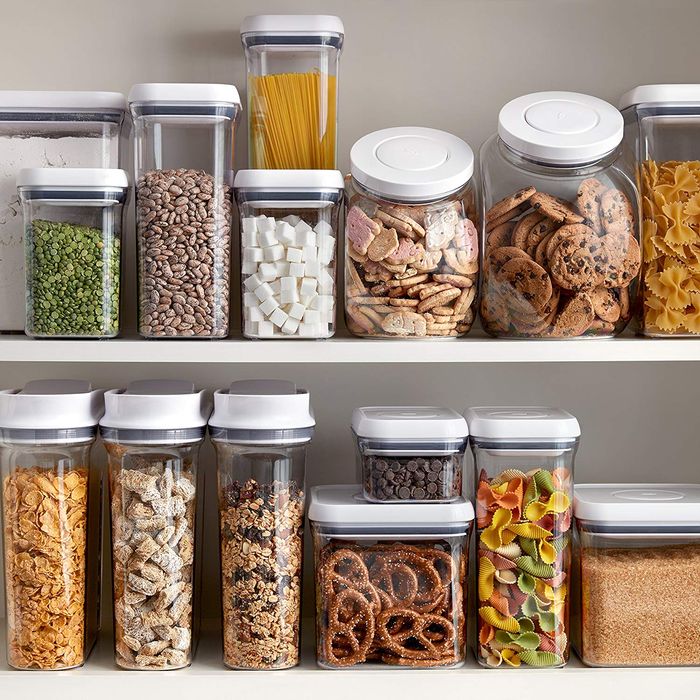
Keep food out of direct sunlight as much as possible while storing it. When food is exposed to sunlight, oxidation and the resulting loss of nutritional value and quality are hastened. Fat-soluble vitamins such as vitamin C are more vulnerable to oxidation when exposed to light, as are vitamins A, D, E, and K. Use artificial lighting to illuminate the storage area while it’s being utilised, and cover any windows or skylights that allow in natural light.
With the goal of minimising risk in mind
Dry foods should be kept at least six inches above the floor and at least 18 inches from the outside walls. To avoid the production of condensation, which may be generated by temperature changes between the container and the surface it sits on, and to make cleaning and keeping pests under control simpler, this is a good idea. As an alternative, if there isn’t a lot of movement in the bulk pallet storage, try placing the clean pallets on racks or blocks six inches or more from the ground. This seemingly little procedure has a significant impact on the spread of disease-causing pathogens, particularly rodents. It is advised that a two-foot clearance be maintained at all times to avoid dangerously high temperatures near the ceiling. Choosing the dry food storage containers malaysia is most essential there.
Create a designated area for the storage of reworked or damaged objects

Tape or similar means should be used to secure containers that have been damaged, in order to prevent further contamination and prevent subsequent spills. Class II (Potential Public Health Hazard) and Class III (Non-Potential Public Health Hazard) flaws have a very tight margin of error in cans (Aesthetic Defects). My clients are encouraged to separate for credit any obvious damage that is not noticed when the products are received, as well as any packed and/or bagged meals. Even if the harm isn’t immediately apparent, this is still true. A bit extra space will be needed in the allocated location for storing goods if this strategy is continued.
Storage of non-food items such as household cleaners, economic poisons, and the like should be kept apart from that of food unless there is a physical barrier between them. Regardless of the circumstances, this should be followed. To avoid product confusion, I recommend storing condiments and other ingredients, such as salt and sugar, in geographically distinct regions of a storage room that look to be comparable.
Vermin
To keep insects, rodents, and birds out of the warehouse, make sure all doors and windows are insect- and rodent-proof, and keep them closed as much as possible. Close any doors leading to the outside, and repair any holes or cracks in the building as quickly as feasible. In the event that it is required, bait boxes should be examined on a regular basis, and any damaged boxes or spilled bait should be cleaned up and removed with utmost care. If fumigation is absolutely necessary, only licenced, qualified pest control professionals should be entrusted with the job.
It’s important to maintain a fire- and insect-free environment on the building’s outside where the storage facility is located in order to prevent any of these problems from ever occurring.
Size

The size of the dry goods warehouse is the last consideration. When it comes to keeping anything, size is a crucial consideration. A dramatic rise in the creation of single-use throwaway items has taken place since the 1970s. Items such as cutlery and cookware, housekeeping equipment and supplies as well as different paper products as well as disposable gloves and other personal hygiene packaging are all included here.
Conclusion
The need for storage space has changed dramatically as a consequence of market changes, consumer expectations and demand, and changes in the retail food industry’s structure. Read more Bulk buying for nonperishable goods has been a key factor in these shifts in consumption patterns. According to a study done thirty years ago, the usual serving size for a whole dinner was one tenth of a cubic foot. No matter how much more food is eaten, the average dinner currently takes up between 0.25 and 0.5 square feet of area.

No Replies to "Practical Decisions With the Dry Food Storage Solutions"